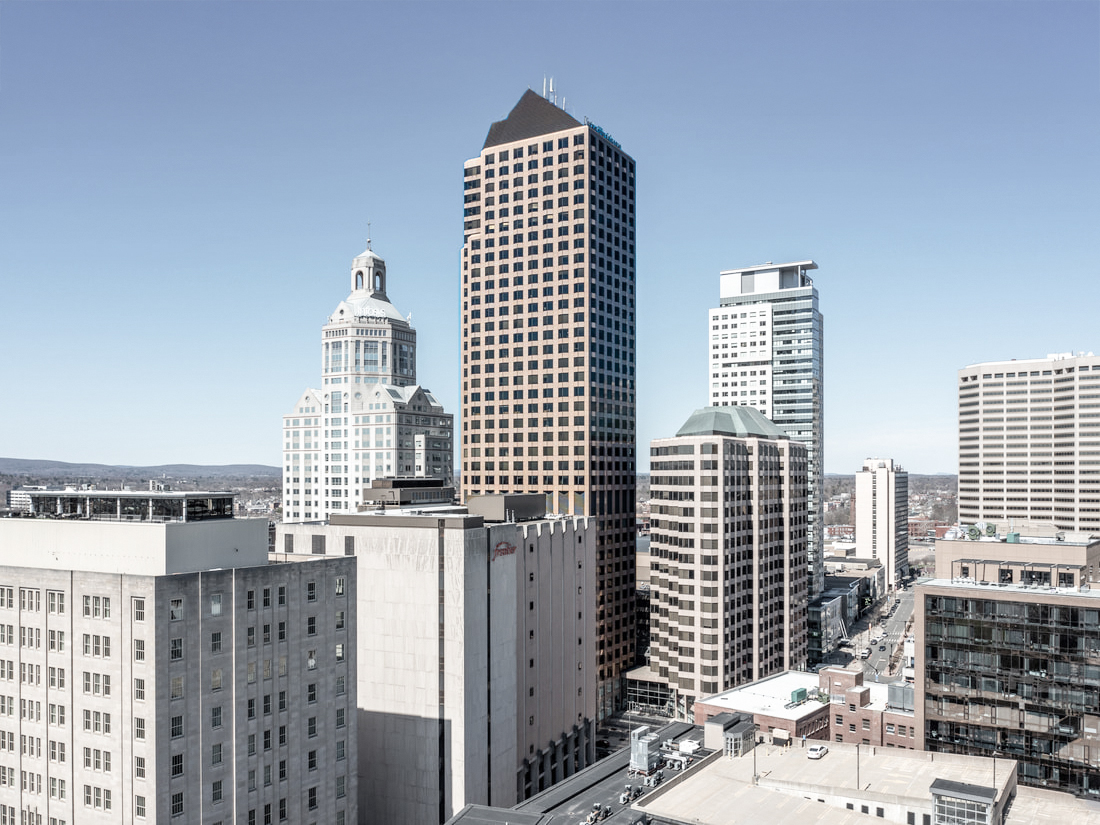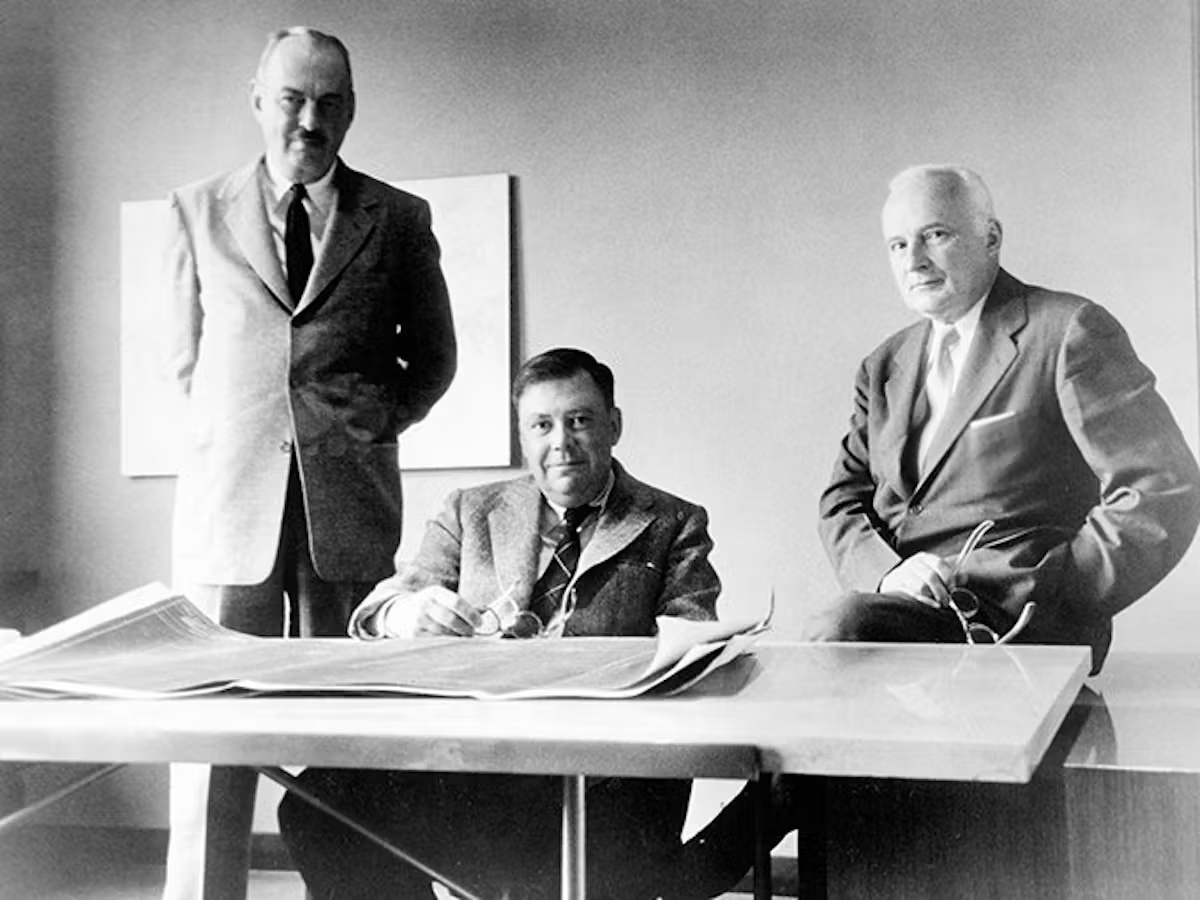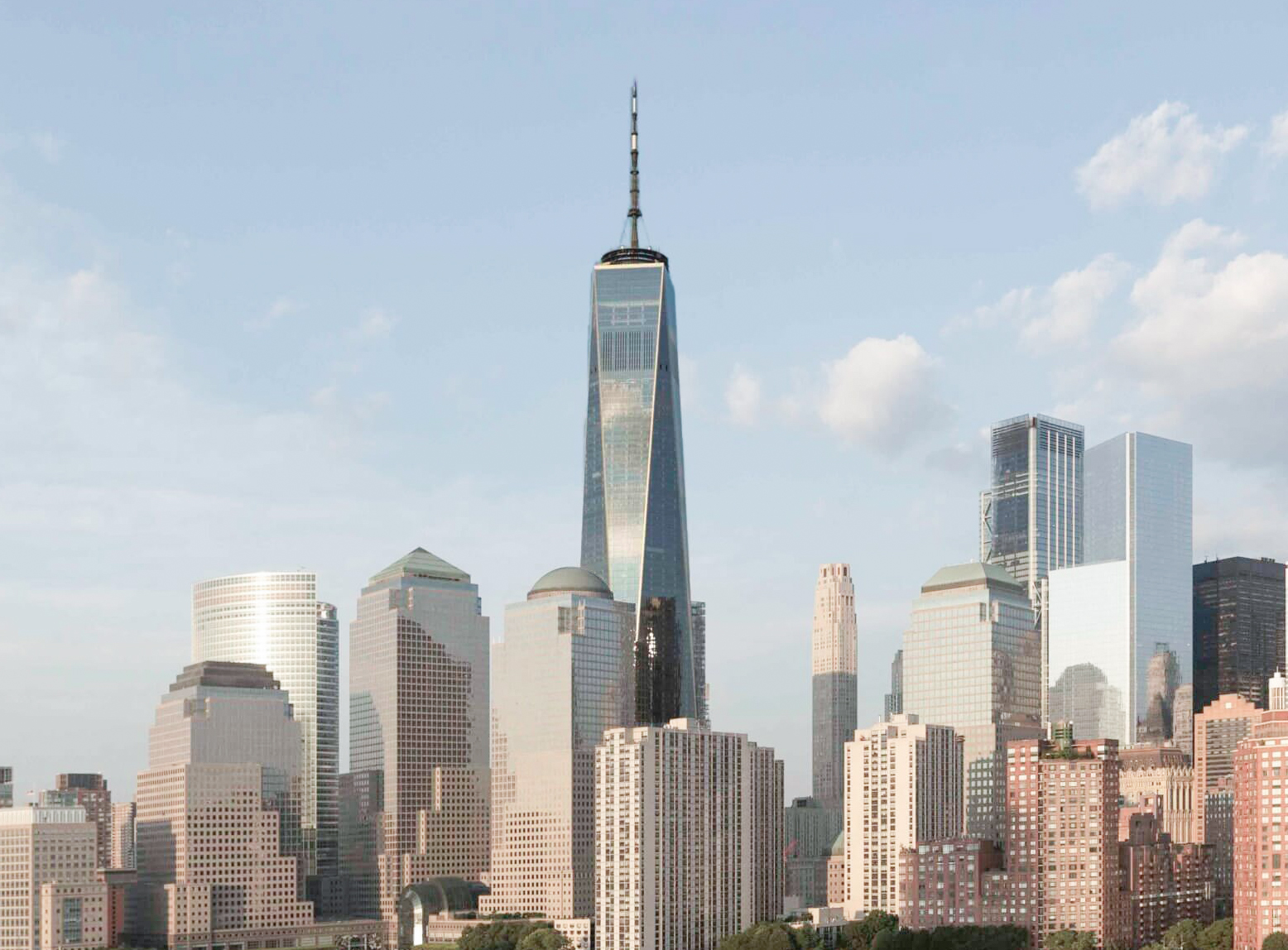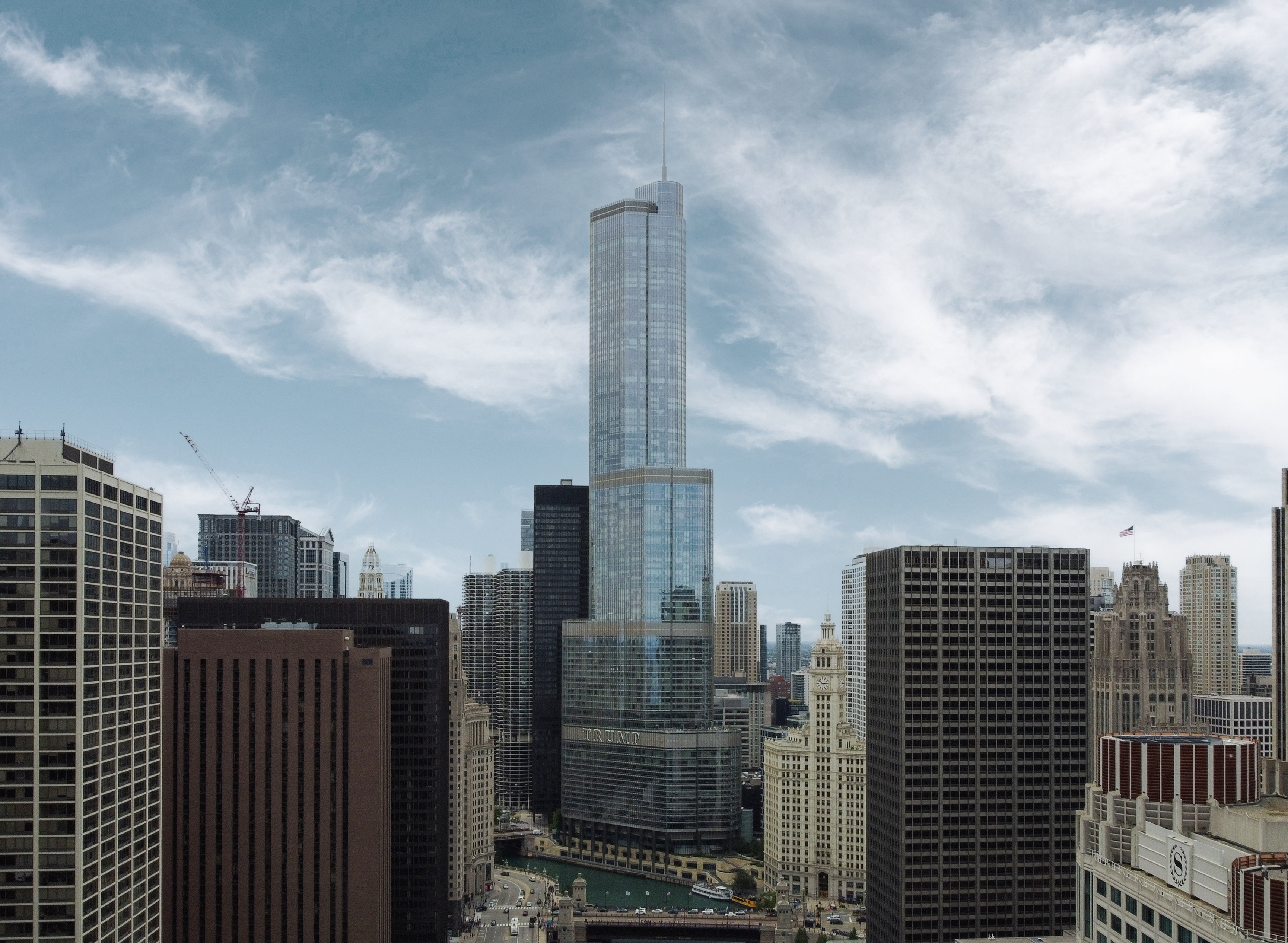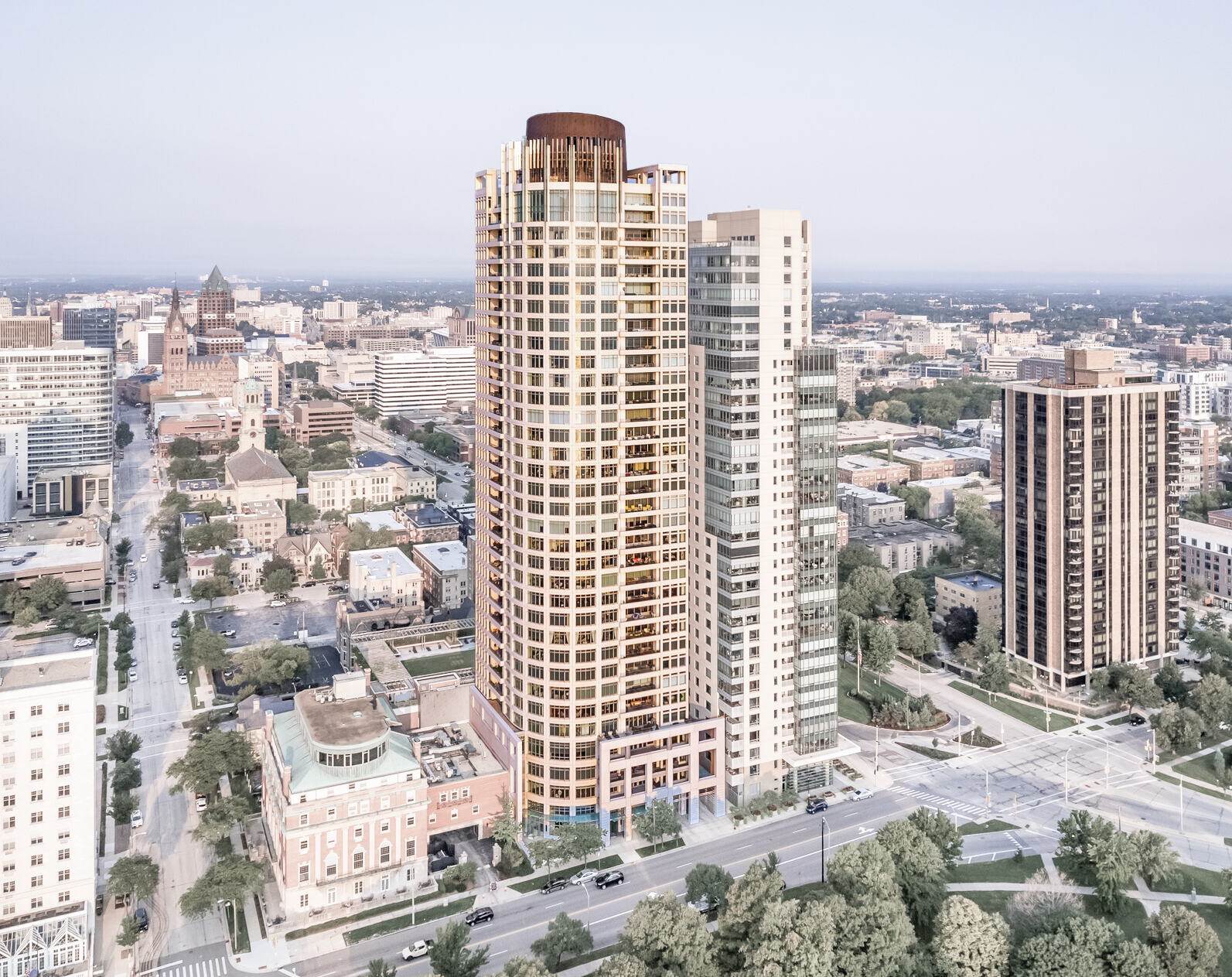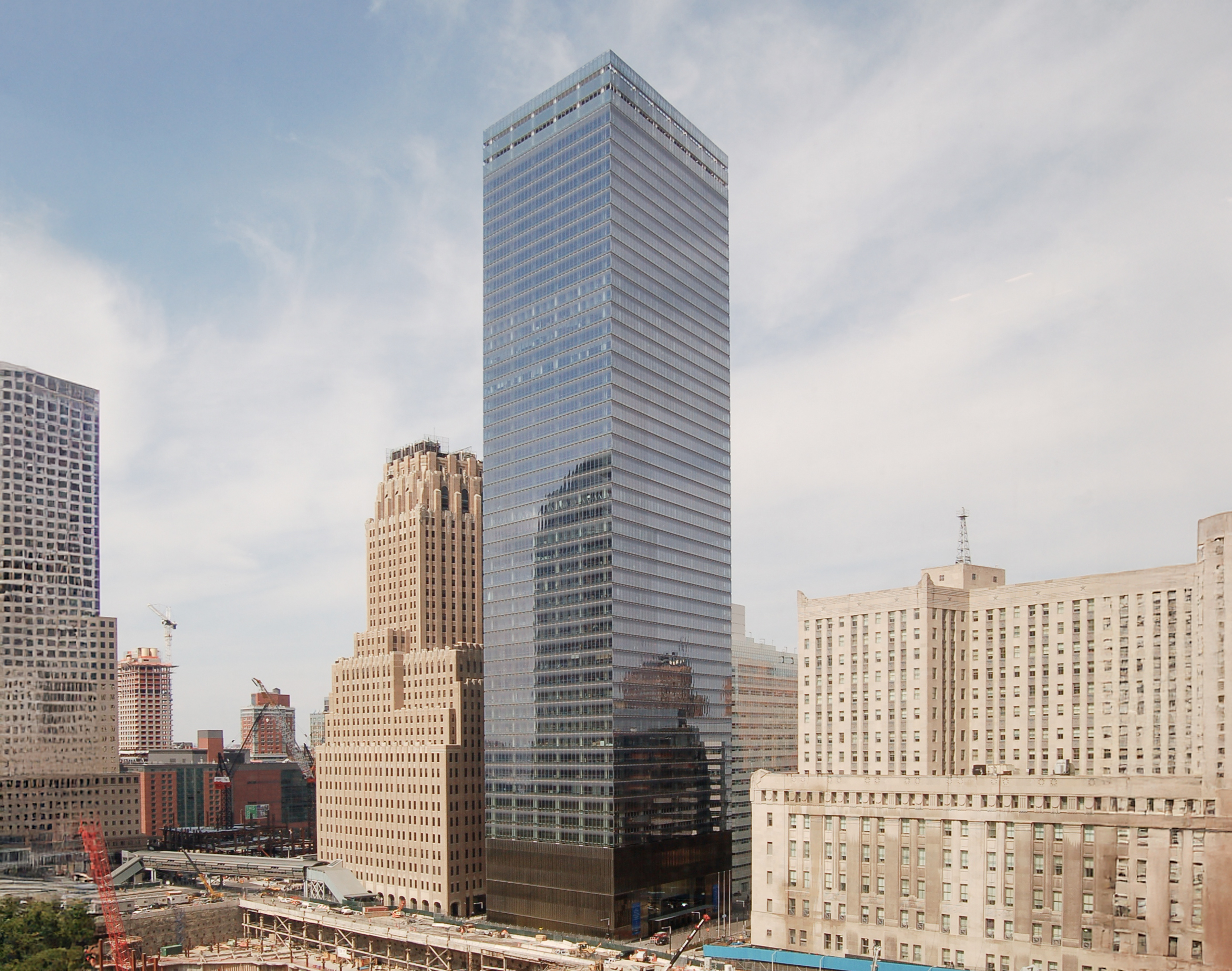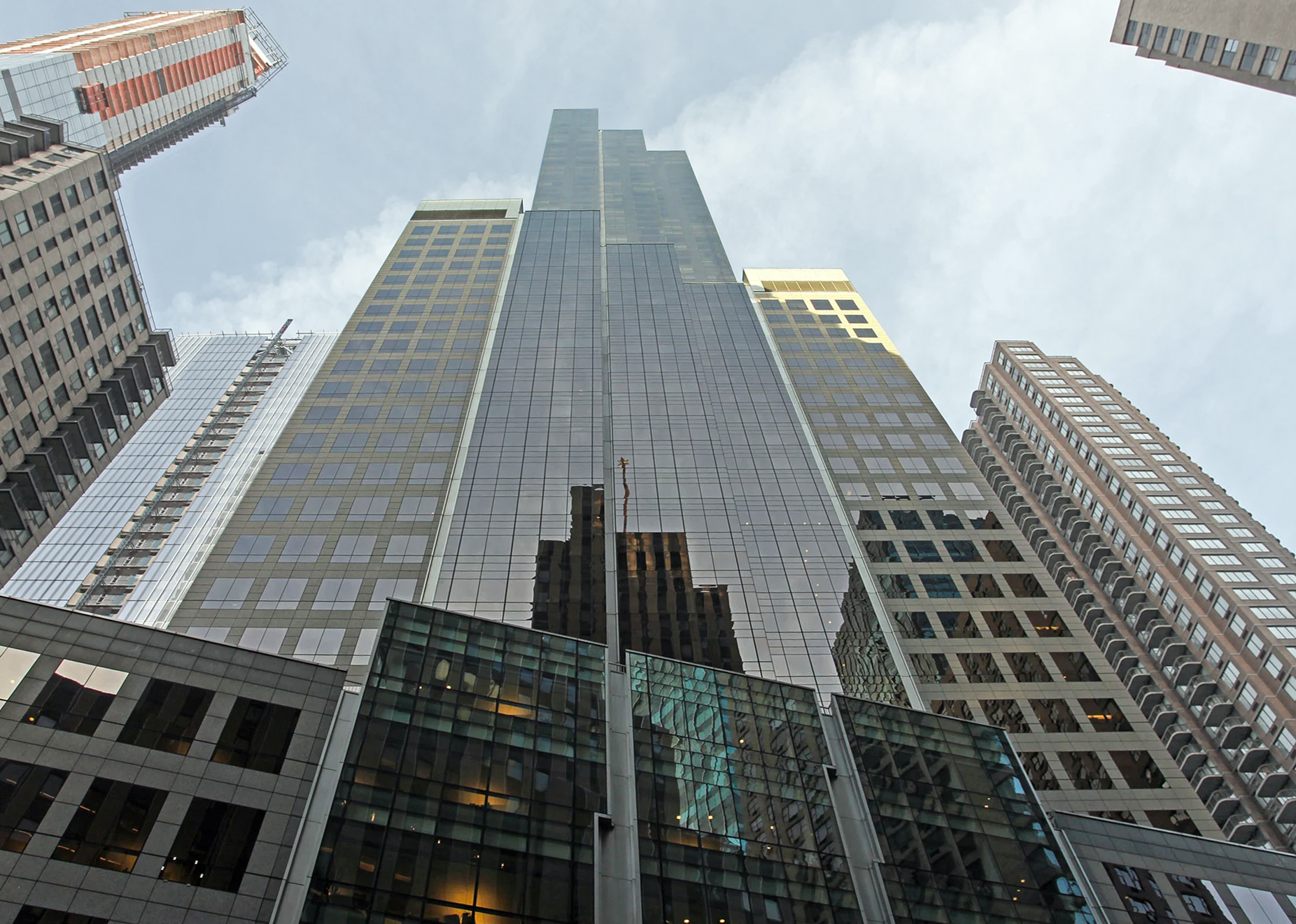The City Place I is a Modern Style skyscraper designed by Skidmore, Owings & Merrill, and built between 1980 and 1984, for a reported $150 million dollars, in Hartford, CT.
Its precise street address is 185 Asylum Street, Hartford, CT. You can also find it on the map here.
The building underwent a major restoration in 2010.
